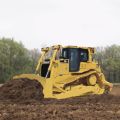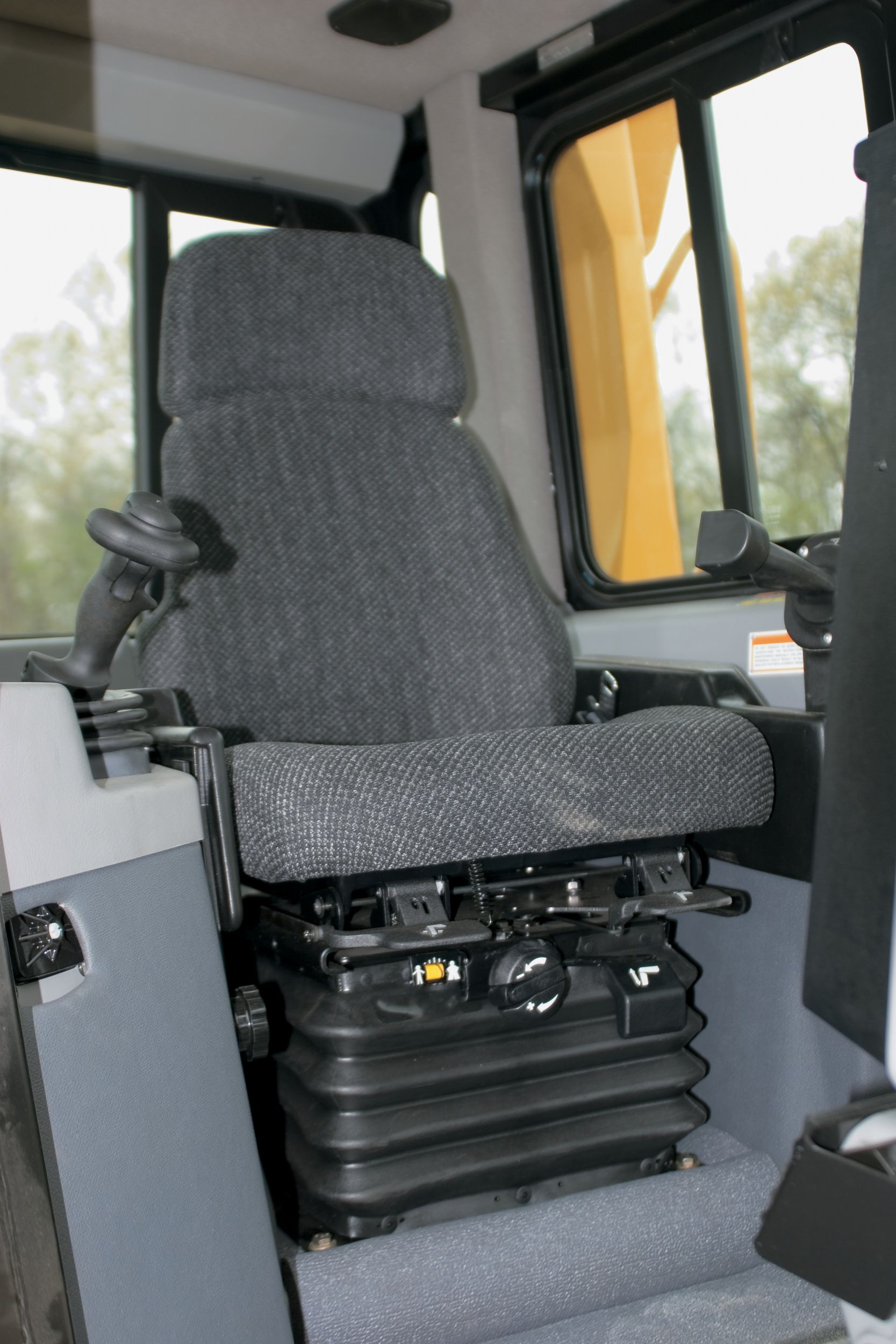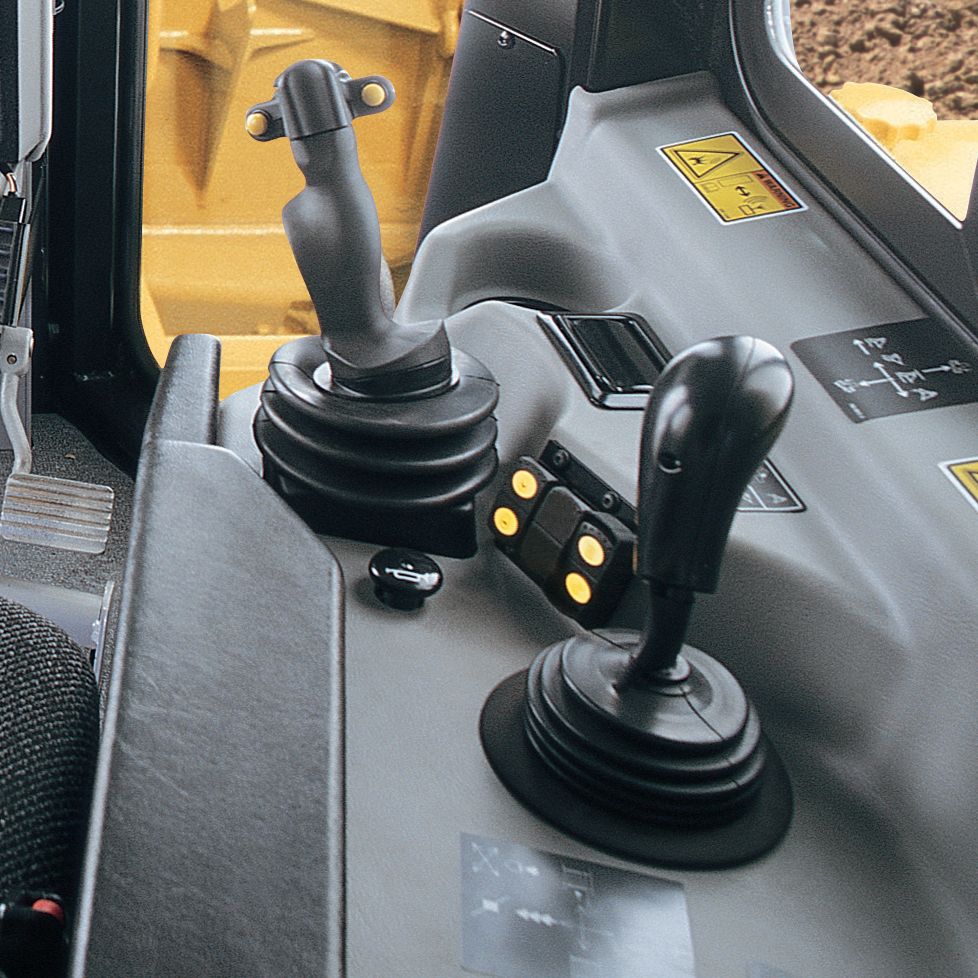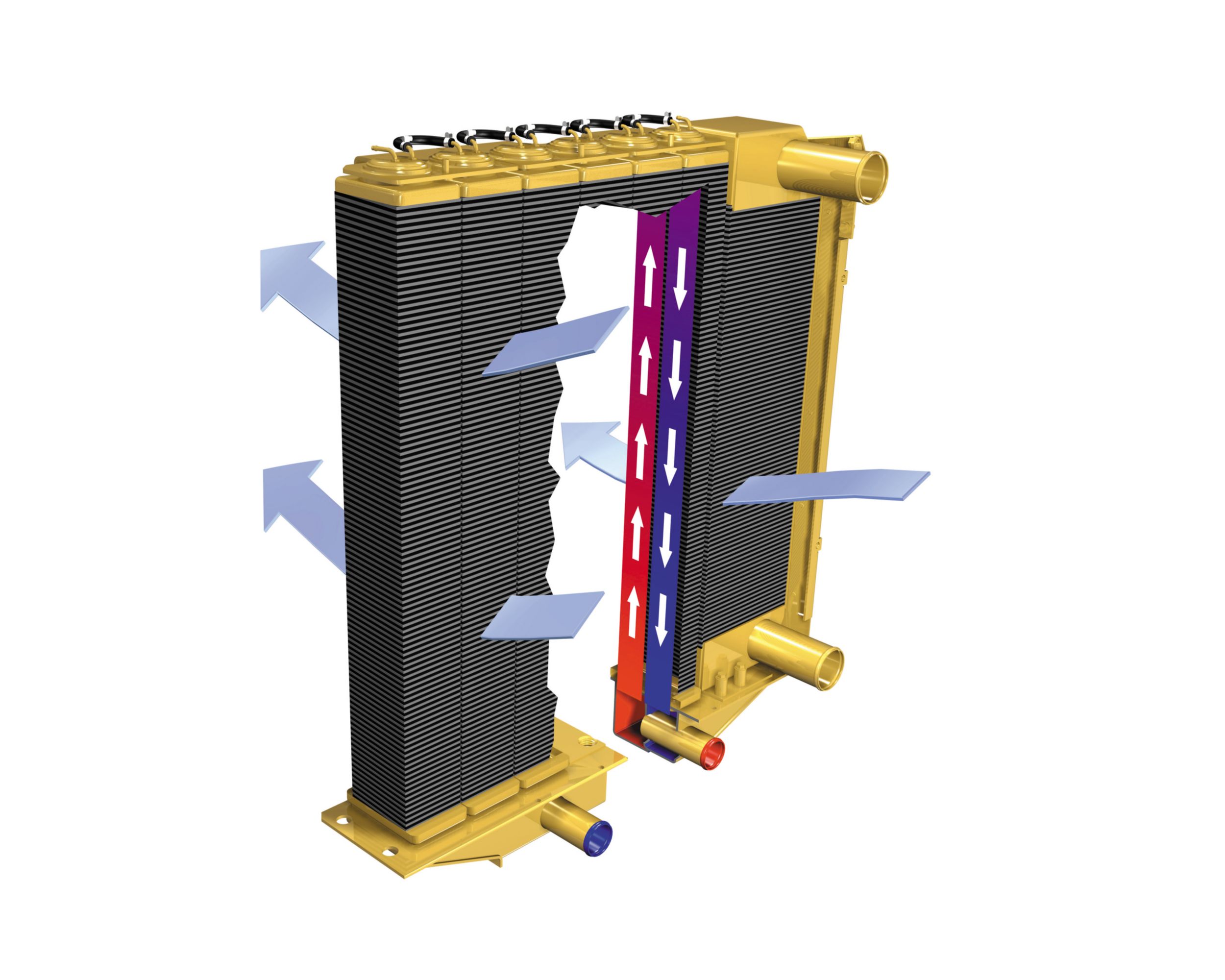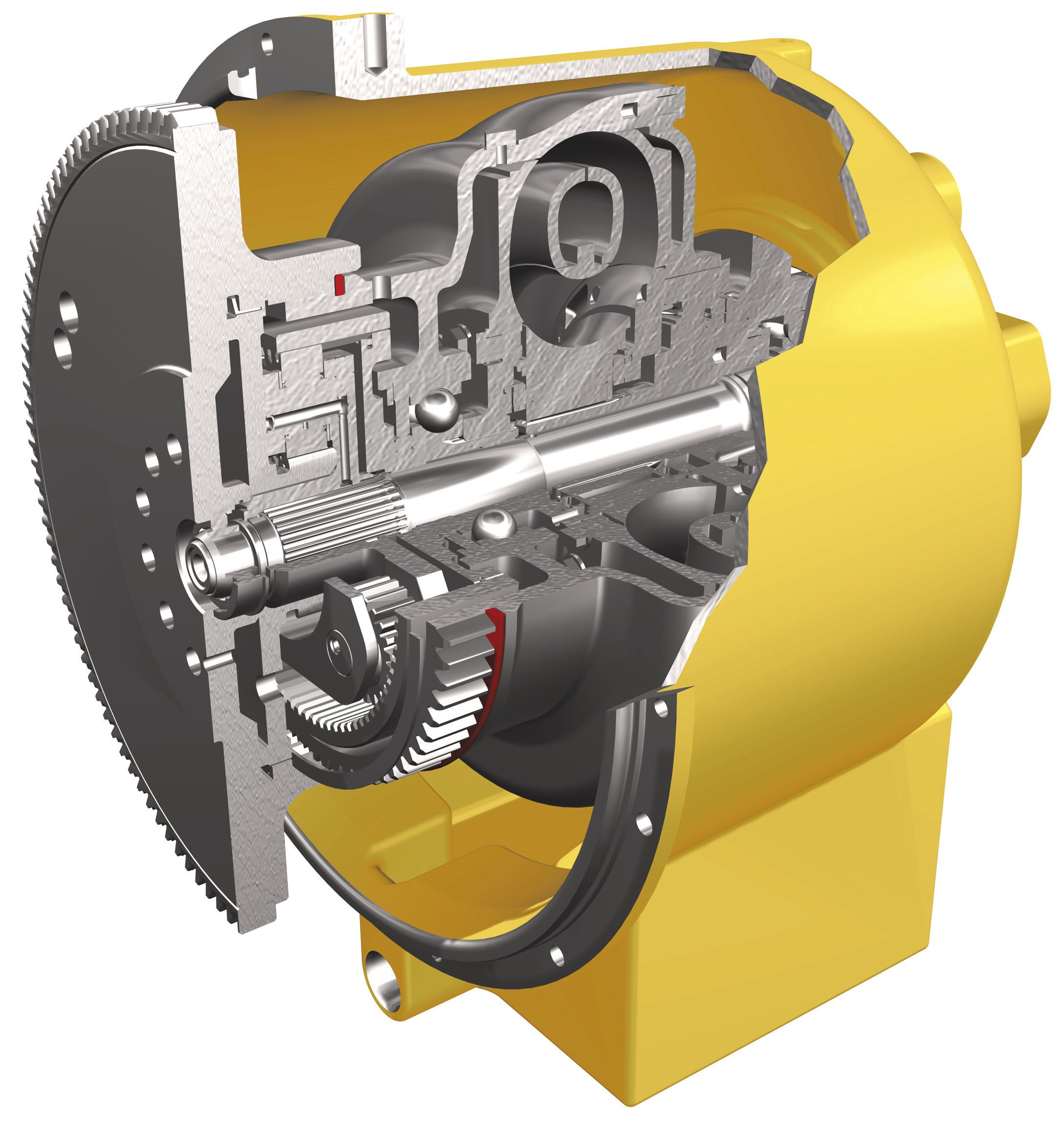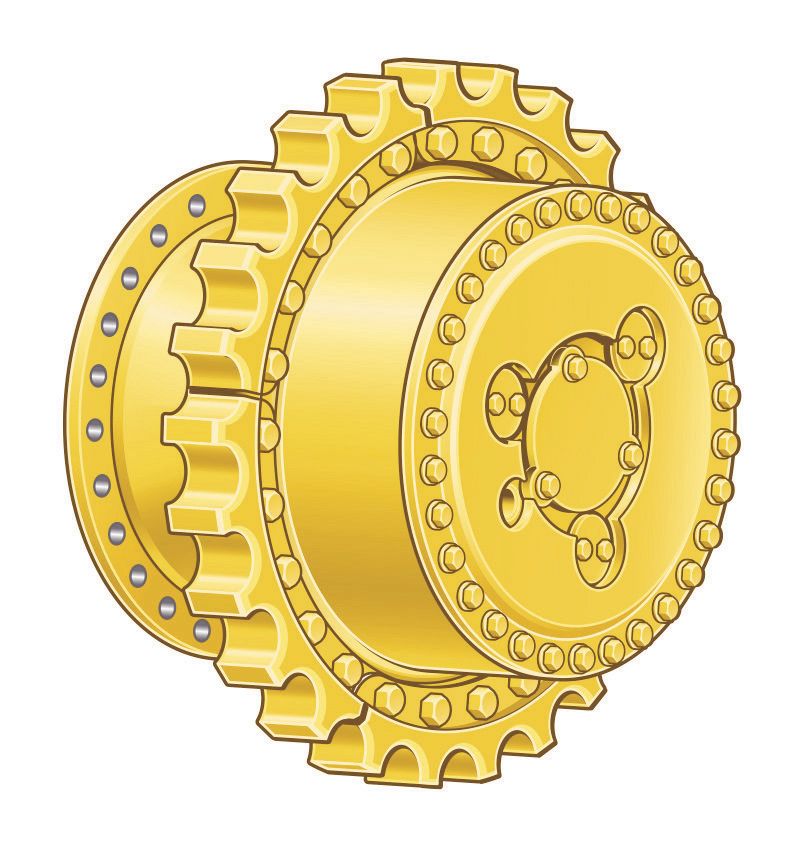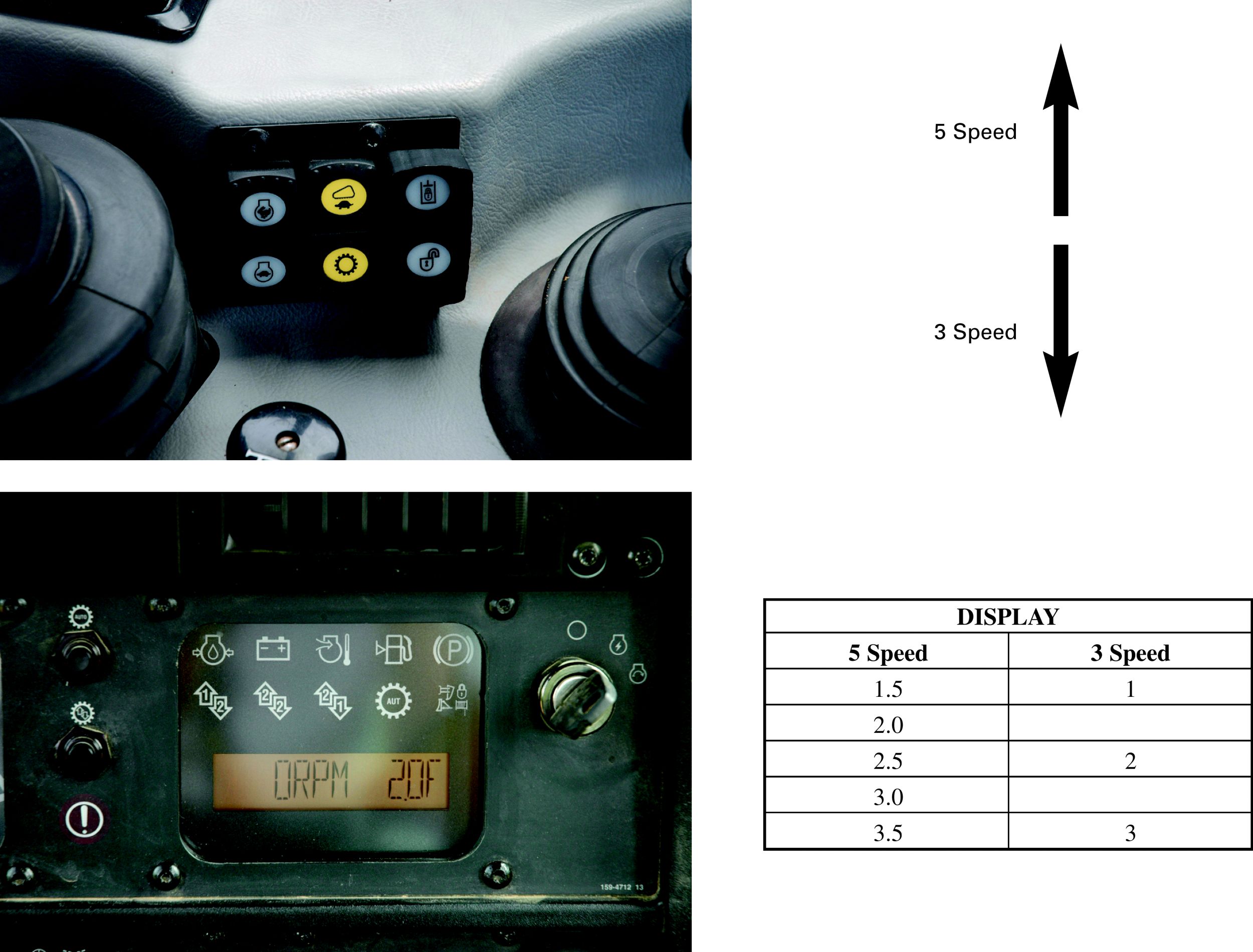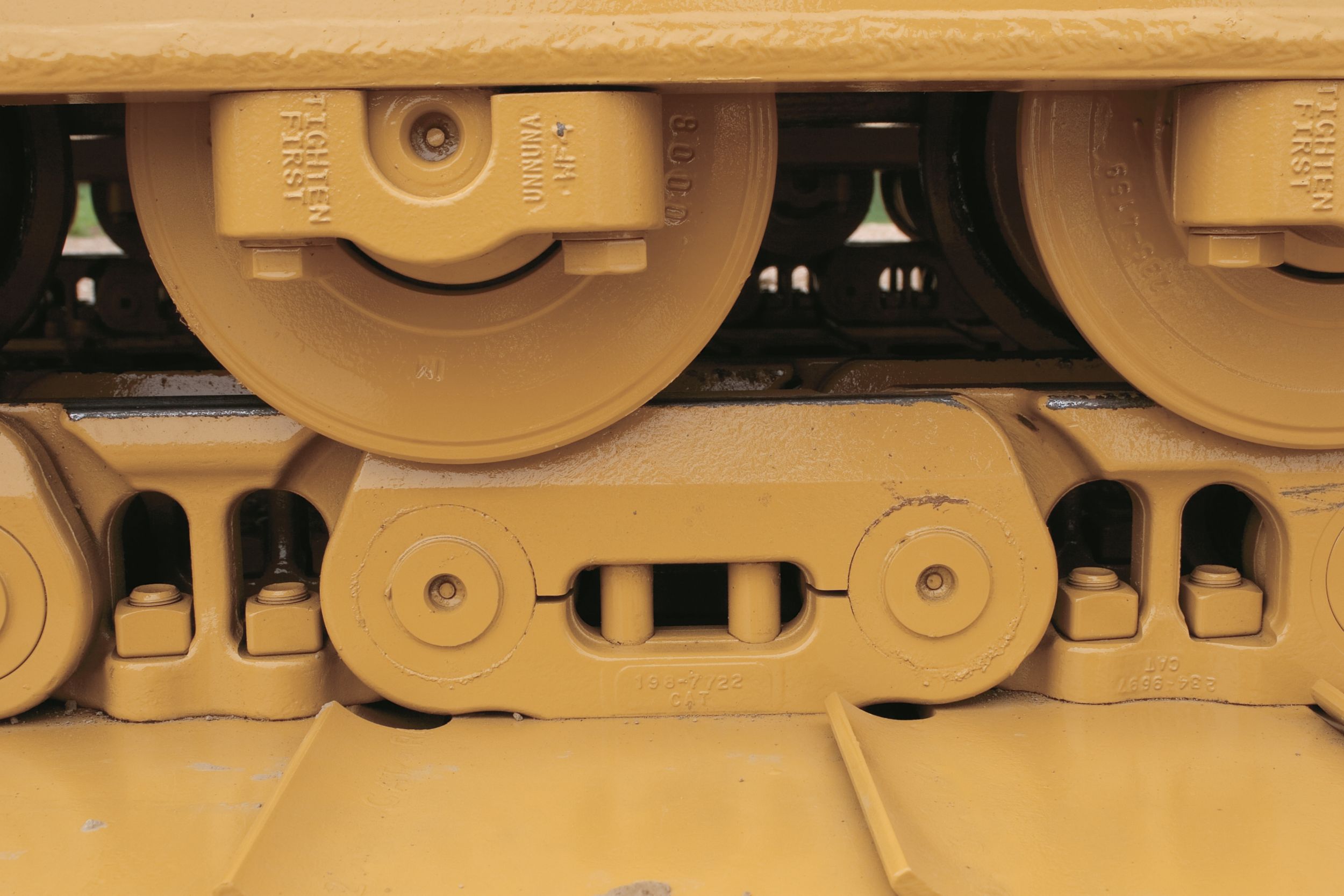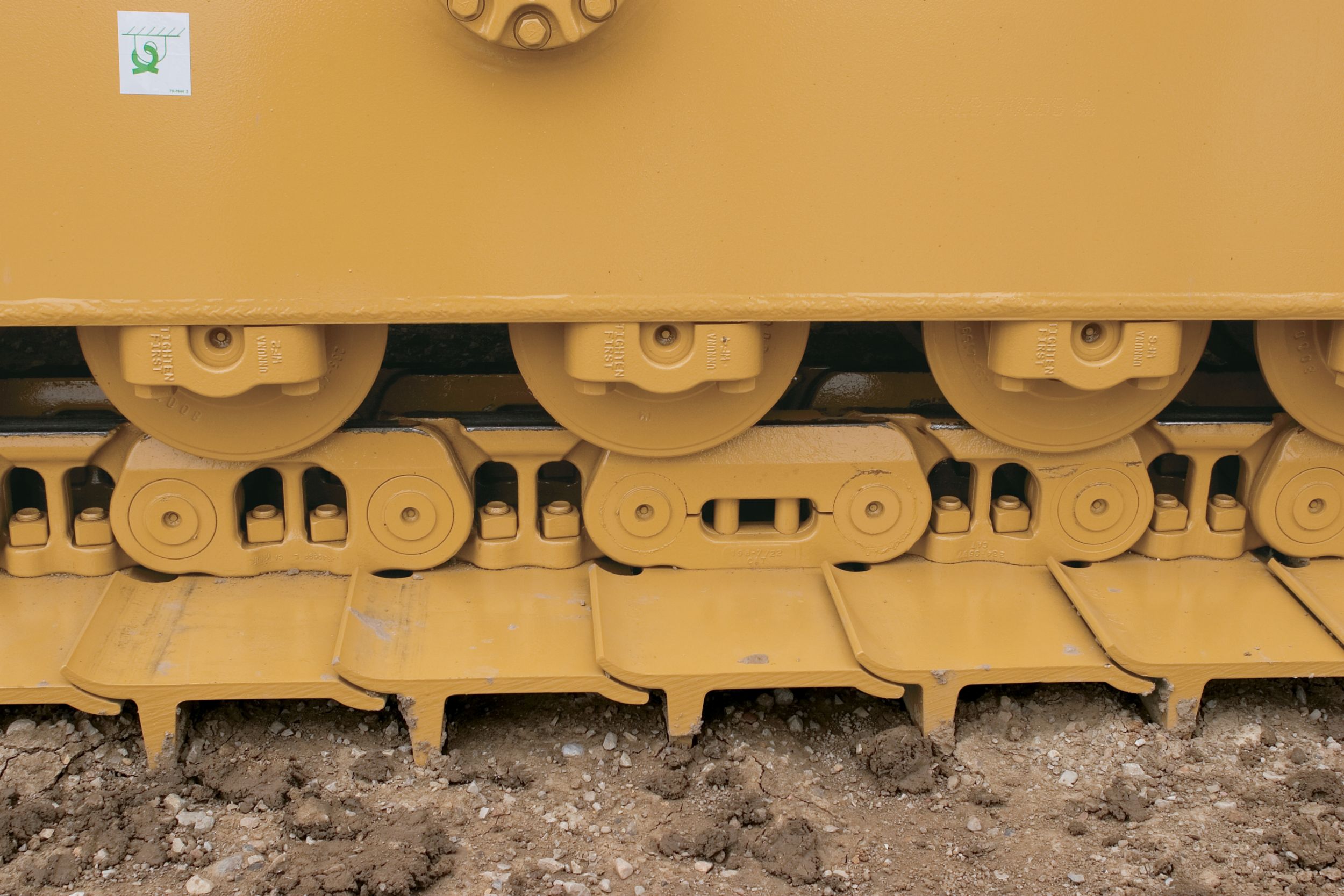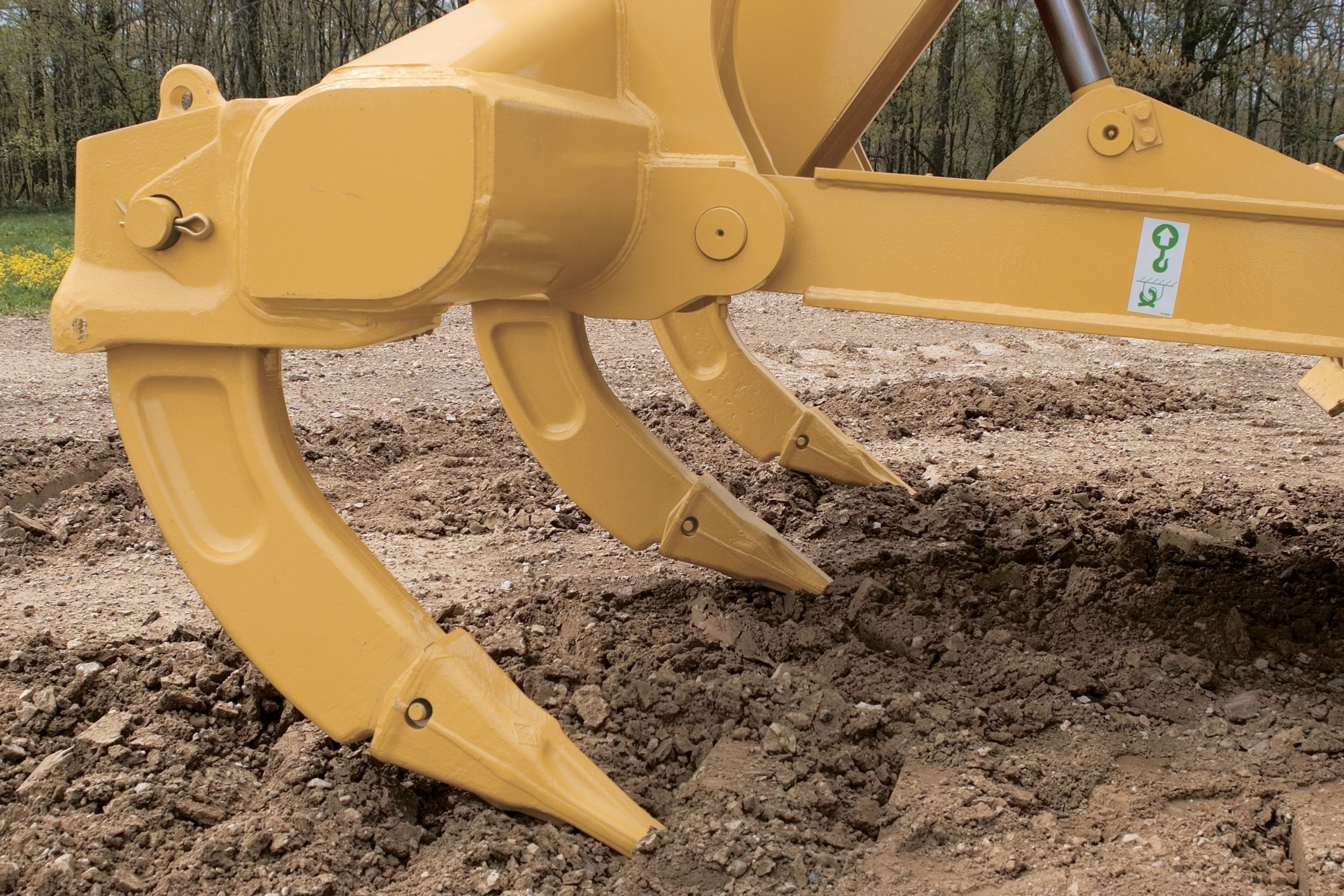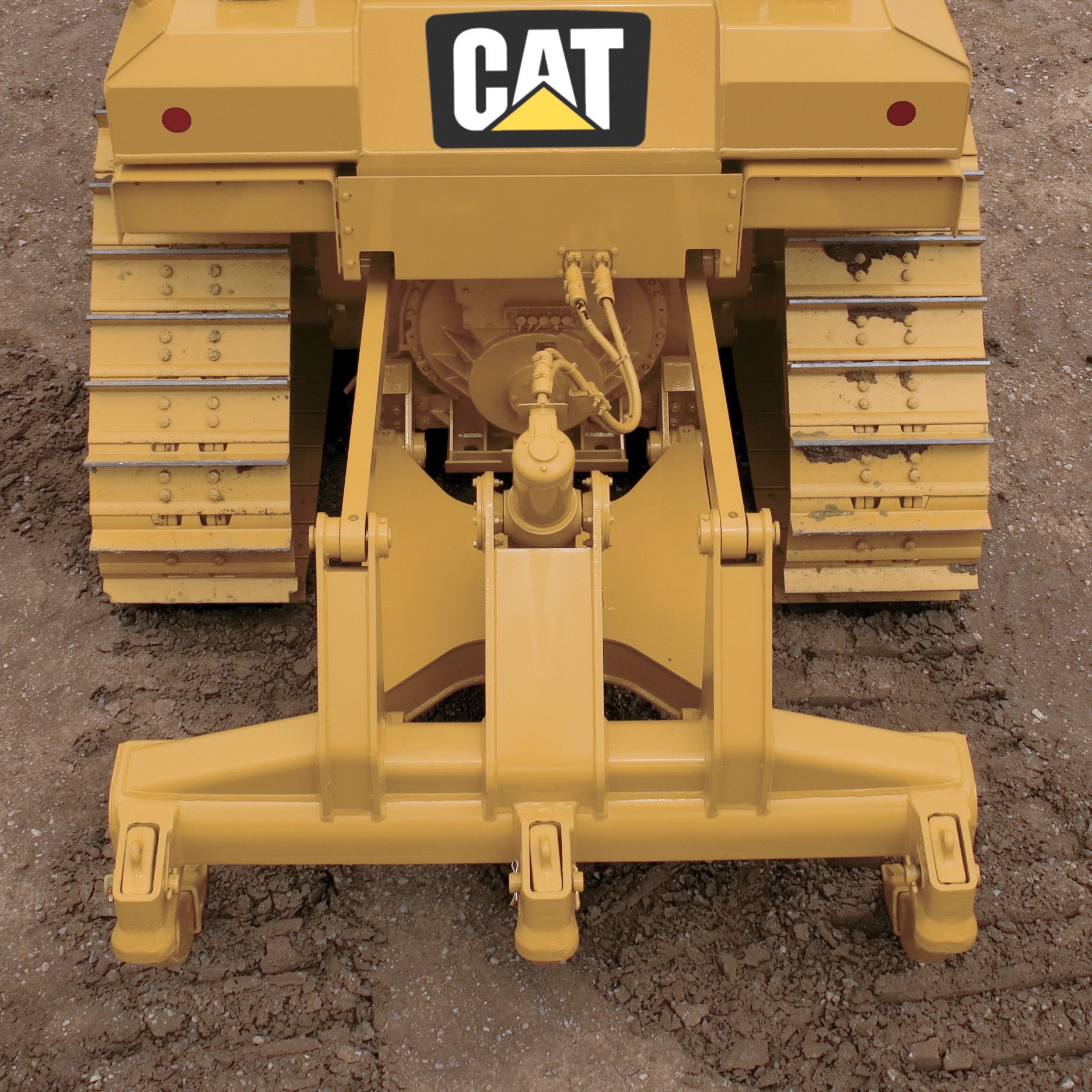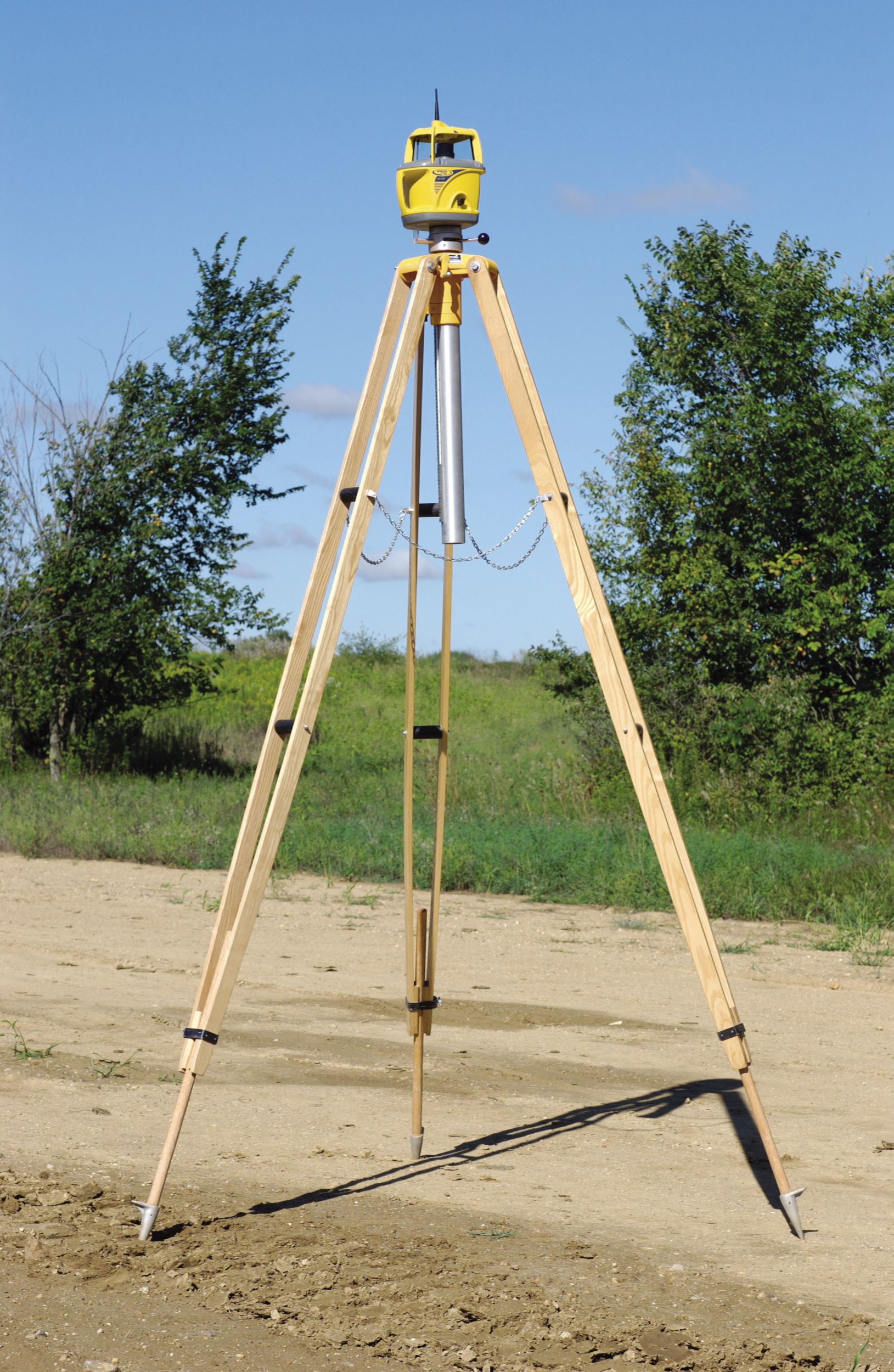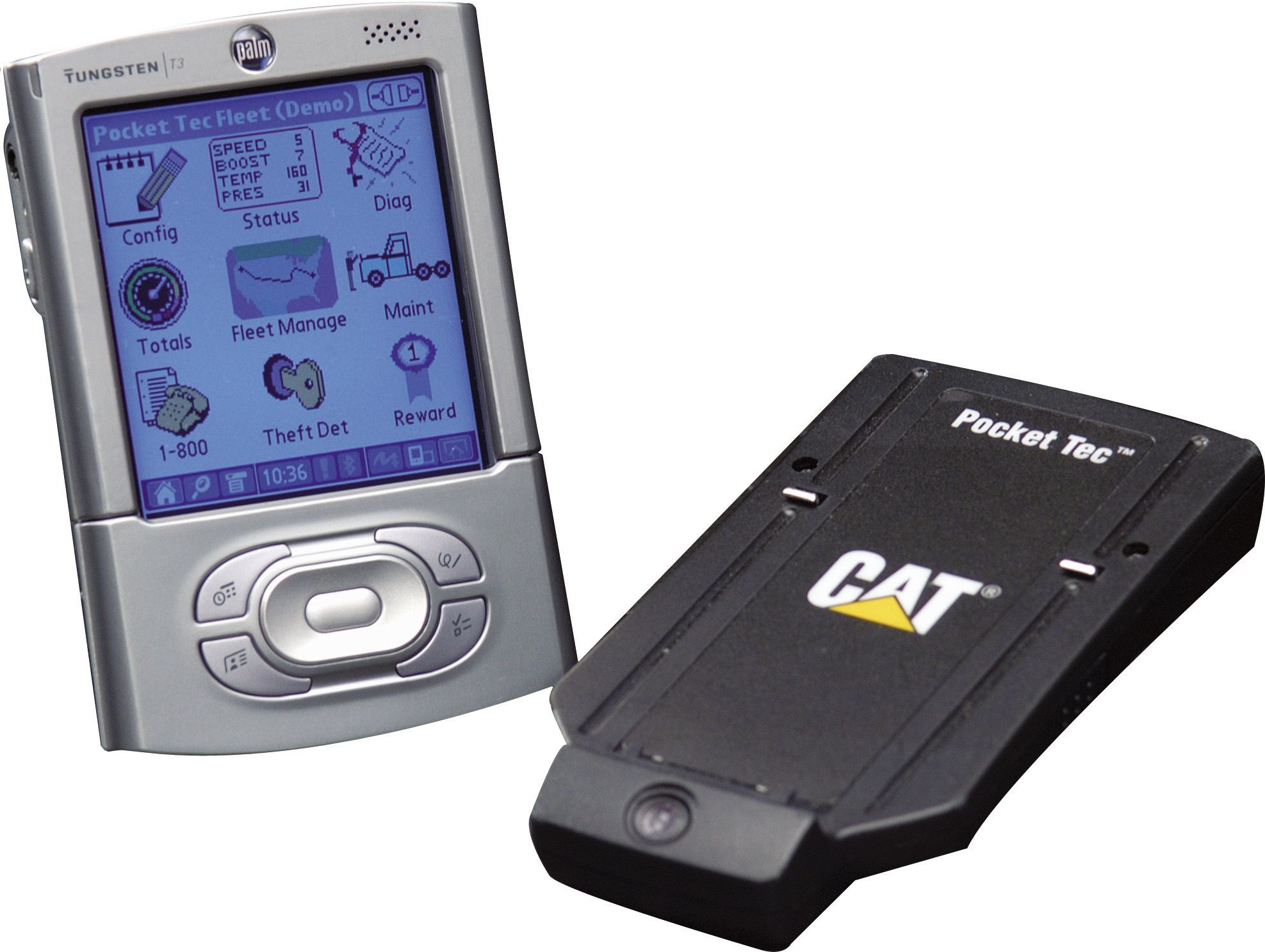Overview
Engineered for demanding work. The D6R Series 3 is designed to be productive in a variety of applications. It keeps material moving with the reliability and low operating costs you expect from Cat machines.
Specifications
| Engine Model | Cat® C9 ACERT™ |
| Flywheel Power | — |
| Operating Weight | — |
Benefits & Features
Specifications
| Engine Model | Cat® C9 ACERT™ |
| Flywheel Power | — |
| Gross Power | — |
| Net Power - Caterpillar | — |
| Net Power - ISO 9249 | — |
| Net Power - SAE J1349 | — |
| Net Power - EU 80/1269 | — |
| Net Power - DIN 70020 | 192 PS |
| Bore | — |
| Stroke | — |
| Displacement | — |
| Engine Model | Cat C9 ACERT™ |
| Gross Power | — |
| Net Power - Caterpillar | — |
| Net Power - ISO 9249 | — |
| Net Power - EU 80/1269 | — |
| Net Power - SAE J1349 | — |
| Net Power - DIN 70020 | 207 PS |
| Bore | — |
| Stroke | — |
| Displacement | — |
| 1.0 Forward | — |
| 2.0 Forward | — |
| 3.0 Forward | — |
| 1.0 Reverse | — |
| 2.0 Reverse | — |
| 3.0 Reverse | — |
| Drawbar Pull - 1.0 Forward | — |
| Drawbar Pull - 2.0 Forward | — |
| Drawbar Pull - 3.0 Forward | — |
| Fuel Tank | — |
| Cooling System | — |
| Engine Crankcase | — |
| Powertrain | — |
| Final Drive - Each | — |
| Roller Frames - Each | — |
| Pivot Shaft Compartment | — |
| Hydraulic Tank | — |
| Operating Weight | — |
| Shipping Weight | — |
| Operating Weight - STD A | — |
| Shipping Weight - STD A | — |
| Operating Weight - STD SU | — |
| Shipping Weight - STD SU | — |
| Operating Weight - XL A | — |
| Shipping Weight - XL A | — |
| Operating Weight - XL SU | — |
| Shipping Weight - XL SU | — |
| Operating Weight - XW A | — |
| Shipping Weight - XW A | — |
| Operating Weight - XW SU | — |
| Shipping Weight - XW SU | — |
| Operating Weight - LGP S | — |
| Shipping Weight - LGP S | — |
| Drawbar Height (Center of Clevis) from Ground Face of Shoes | — |
| Length - Track on Ground | — |
| Ground Clearance | — |
| Track Gauge | — |
| Width - Without Blade | — |
| Width - With Blade | — |
| Height | — |
| Height - ROPS/Canopy | — |
| Overall Length - Basic Tractor - With Drawbar | — |
| Width - Shoe | — |
| Width - Shoe - LGP | — |
| Shoes/Side | 41 |
| Shoes/Side - LGP | 45 |
| Grouser Height | — |
| Pitch | — |
| Ground Clearance | — |
| Track Gauge | — |
| Track Gauge - LGP | — |
| Track on Ground | — |
| Track on Ground - LGP | — |
| Ground Contact Area | — |
| Ground Contact Area - LGP | — |
| Ground Pressure | — |
| Ground Pressure - LGP | — |
| Pump Capacity | — |
| RPM at Rated Engine Speed | — |
| Pump Output | — |
| Lift Cylinder Flow | — |
| Tilt Cylinder Flow | — |
| Ripper Cylinder Flow | — |
| Pressure Setting | — |
| Bulldozer | — |
| Bulldozer - Tilt | — |
| Tilt Cylinder | — |
| Ripper - Lift | — |
| Ripper - Pitch | — |
| Steering | — |
| Blade Type | A |
| SU - Blade Capacity | — |
| SU - Blade Width | — |
| S-Blade Capacity | — |
| S-Blade Width | — |
| A-Blade Capacity | — |
| A-Blade Width | — |
| XL VPAT - Blade Capacity | — |
| XL VPAT - Blade Width | — |
| XW SU - Blade Capacity | — |
| XW SU - Blade Width | — |
| XW A - Blade Capacity | — |
| XW A - Blade Width | — |
| LGP S-Blade Capacity | — |
| LGP S-Blade Width | — |
| LGP VPAT - Blade Capacity | — |
| LGP VPAT - Blade Width | — |
| Weight - With One Shank | — |
| Type | Fixed Parallelogram |
| Number of Pockets | 3 |
| Overall Beam Width | — |
| Beam Cross Section | 216 x 254 mm 8.5 x 10 in |
| Maximum Clearance Raised - Under Tip, Pinned in Bottom Hole | — |
| Maximum Penetration | — |
| Maximum Penetration Force | — |
| Pry-Out Force | — |
| Weight - Each Additional Shank | — |
| Winch Model | PA 56 |
| Weight* | — |
| Oil Capacity | — |
| Winch and Bracket Length | — |
| Winch Case - Length | — |
| Winch Case - Width | — |
| Increased Tractor Length - STD | — |
| Increased Tractor Length - XL/XW | — |
| Increased Tractor Length - LGP | — |
| Drum Diameter | — |
| Drum Width | — |
| Flange Diameter | — |
| Drum Capacity - 22 mm (0.88 in) | — |
| Drum Capacity - 25 mm (1.0 in) | — |
| Drum Capacity - 29 mm (1.13 in) | — |
| Ferrule Size (O.D. × Length) | 54 x 67 mm 2.10 x 2.63 in |
| ROPS/FOPS | ROPS meets criteria SAE J395, SAE 1040 MAY 94, ISO 3471-1994/FOPS meets ISO 3449-1992 Level II |
| Cab | Meets appropriate standards as listed below. |
| Brakes | Brakes meet criterion SAE J/ISO 10265 MAR99 |
Benefits & Features
Operator's Station
Cab
An isolation-mounted, pressurized cab reduces noise and vibration for operator comfort. The cab is pre-wired for a 12-volt or 24-volt radio, equipped with two speakers, an antenna and a radio mount recessed in the headliner.
Clear Working View
The operator has an excellent view to the blade and rear of the machine for maximum productivity. The tapered hood, notched fuel tank and narrow single-shank ripper carriage give the operator a clear line of sight to the front and rear work areas. The large single-pane windows offer excellent viewing to the sides and blade. The low rear window lets the operator see the ripper tip.
Cat Comfort Series Seat
The Cat Comfort Series seat has a thick, contoured cushion, rolled down front edge and is adjustable eight-ways for optimal support and comfort. Seat side bolsters restrain side-to-side movement when working on steep grades or side slopes. The operator can feel the terrain and load on the machine through the seat. The seat and suspension are designed for 10,000-hour life.
Adjustable Armrests
Standard, adjustable armrests provide additional comfort for the operator. Adjustment can be performed without the use of any tools.
In-Dash Instrument Cluster
The instrument panel, with easy-to-read gauges and warning lamps, keeps the operator aware of all system information. All gauges and readouts are easily visible in direct sunlight.
Cat Monitoring System Display
- The dash mounted instrument cluster provides on-the-go operating information and gives the operator and service technician insight into the machine's operation and maintenance needs. The Caterpillar Monitoring System includes:
- Fuel level gauge
- Hydraulic oil temperature gauge
- Engine coolant temperature gauge
- Power train oil temperature gauge
- Engine oil pressure indicator
- Digital readout
- Transmission gear indicator
Heating and Air Conditioning
Conveniently located air circulation vents evenly distribute airflow within the cab. Controls are easily accessible from the operator seat.
Power Converter
The D6R Series 3 features a 10-amp, 12-volt power converter for the convenient use of radios, wireless phones and laptop computers.
Work Tool Lock-Out Switch
Redesigned from a mechanical rotary switch to an electronic rocker switch, the work tool lock-out valve prevents inadvertent operation of the hydraulic work tool attachments.
Throttle Rocker Switch
With the touch of a finger, the rocker switch activates high or low idle. A decelerator pedal gives the operator full control of engine speed when the rocker switch is in the high idle position. Engine speed can be set between high and low idle by simultaneously using the decelerator pedal and holding the Rabbit side of the throttle switch in for three seconds.
Steering and Transmission Control
Differential steering controls the direction and degree of turns, forward-reverse shifting and gear selection in a single control handle which enhances operator comfort. Touch shift buttons on the steering control shifts the electronically controlled powershift transmission. The tiller allows the operator to work precisely in close areas around structures, grade stakes and other machines with the finest modulation in the industry.
Auto-Shift/Auto-Kickdown
Auto-shift allows the operator to pre-select a forward and reverse gear for easy, efficient directional changes. Auto-shift settings include first forward to second reverse, second forward to second reverse, and second forward to first reverse. Auto-kickdown allows the transmission to automatically downshift when significant load increases are detected.
Dozer Control Lever
The D6R Series 3 features ergonomically designed dozer controls with low-effort, pilot-operated hydraulics for added operator comfort, easy operation and precise work tool control. The dozer control is changed to an electro-hydraulic control when the AccuGrade Ready Option is installed.
Ripper Control Lever
The ripper control with low-effort pilot-operated hydraulics contributes to operator comfort, easy operation and precise work tool control.
Engine
Cat C9 with ACERT® Technology
The Cat C9 is an 8.8 L (537 in3) displacement, six cylinder, in-line configured engine with hydraulically actuated electronic fuel injection or HEUI™. It uses ACERT Technology, a series of Caterpillar engineered innovations that provide advanced electronic control, precision fuel delivery and refined air management, resulting in outstanding performance and lower emissions. The C9 with ACERT Technology meets U.S. EPA Tier 3 and European Union Stage IIIa emissions standards.
Cylinder Block
Increased block and head material strength minimizes the effect of high cylinder pressure. A strengthened flywheel housing joint reduces leaks. The sculpted heavy-duty design reduces sound and vibration levels. The mid-supported liner has fewer sealing joints for a reduced risk of leaks. The integral oil cooler reduces engine width, weight and potential leaks while improving coolant and oil flow.
Cylinder Head
A new cross-flow air design with four valves per cylinder and updated port geometry dramatically improve airflow and engine breathability. The cylinder head block features a robust six-bolt design for an improved seal between the head and block at the fire ring which prevents combustion gas leaks. It also minimizes bore/liner distortion. The improved intake port geometry provides a smoother transition and less flow restrictions.
Fractured-Split Connecting Rods
The new fractured-split connecting rods are designed to create near-perfect joint alignment, maximizing rod bearing life. This, in combination with a high efficiency oil filter, ensures long engine life.
ADEM™ A4 Engine Controller
The air-cooled ADEM A4 controller is the brain of the engine and contains the engine's control software. It regulates fuel delivery, airflow and other engine functions. In addition, it directs the HEUI injectors to deliver multiple injections of fuel during the engine's compression stroke.
Fuel Delivery
Multiple injection fuel delivery involves a high degree of precision. Precisely controlling the combustion cycle lowers combustion chamber temperatures, which lowers emissions and optimizes fuel economy. This translates into more work output per unit of fuel.
HEUI™ Fuel System
The HEUI fuel system is highly evolved, with a proven record of reliability. HEUI uses the technical advancement of an electronic control system with the flexibility of hydraulically controlled unit fuel injection. The system excels in its ability to control injection pressure over the entire engine operating speed range. These features allow the C9 to have complete control over injection timing, duration, and pressure.
Air-to-Air Aftercooler
The air-to-air aftercooler (ATAAC) brings cool air to the engine which increases life and lowers emissions. In addition, the ATAAC, together with the tight tolerance combustion chamber components, maximizes fuel efficiency.
Wastegate Turbocharger
The wastegate allows high-volume exhaust to be routed around the turbocharger to the exhaust piping to prevent wheel spin overspeed at high rpm but low load conditions.
Service
The new C9 engine offers easier maintenance and repair through monitoring key functions and logging critical indicators. Electronic diagnostic access is possible with a single tool, the Cat Electronic Technician.
Next Generation Modular Radiator (NGMR)
Improves cooling capabilities by using a parallel flow system with six cores. Serviceability is improved with NGMR since there is no top tank to remove.
Serviceability
This modular core design permits removal of a single core without removing the entire radiator so repair costs and downtime are reduced. The top tank, side channels and one sealing surface makes NGMR more reliable and easier to service. A site gauge allows for quick service checks.
Leak Protection
To reduce the potential for coolant leaks, brass tubes are welded to a large, thick header to improve the strength of the tube-to-header joint. In conditions where abrasive materials can be airborne, the attachment sand blast grid should be used to prevent core damage.
Sand Blast Grid
In an application where airborne debris is prevalent, radiator core protection is a concern. To extend radiator life in harsh applications, a sand blast grid is available as an option to deflect the damaging debris the engine fan propels at the radiator.
Demand Fan Option
Based primarily on ambient air temperature, the optional demand fan can improve productivity up to three percent and reduce fuel consumption up to four percent since the demand fan will only run at a speed needed to meet the cooling requirements of the machine. As cooling requirements increase above 24° C (75° F), the demand fan performance converges towards that of the standard fan so lesser benefit is achieved.
Power Train
Torque Divider
- A single-stage torque divider sends 70 percent of engine torque through a converter and 30 percent through a direct drive shaft for greater driveline efficiency and higher torque multiplication. The D6R Series 3 torque divider provides:
- High reliability
- Low dynamic torque
- Optimum combination of operator efficiency and driveline reliability
- Components designed to absorb full engine power
Operating Efficiency and Driveline Reliability
The D6R Series 3 torque divider attains the best combination of operating efficiency and driveline reliability. It acts as a hydrodynamic component between the engine and transmission to reduce dozing shock loads to the transmission and final drives.
Planetary Power Shift Transmission
- The D6R Series 3 planetary power shift transmission includes three speeds forward and three speeds reverse and utilizes large diameter, high capacity, oil-cooled clutches. These clutches provide higher torque capacity and increased service life. The planetary power shift transmission offers several key features and benefits, including:
- Electronically controlled modulation system that allows fast, smooth speed and direction changes
- Modular transmission and differential slide into rear case for servicing ease, even when a ripper is installed
Differential Steering System
Differential steering maintains power to both tracks while turning. The tractor turns when one track speeds up and the other slows down an equal amount. The operator can steer and control the transmission simultaneously, which can reduce cycle times in some applications. The differential steering tiller bar has touch shift buttons for upshifts and downshifts. The tiller bar itself is easily rotated forward or reverse to change the respective tractor direction. It is moved forward to steer the tractor to the left and pulled back to move right. Low tiller bar efforts assure operator comfort during long shifts. Large blade loads can be maneuvered around buildings, bridge abutments, trees or other obstacles. Steering modulation is also optimized for precise control in these applications. Greater load capacity, power and speed control are possible in soft underfoot conditions on steep slopes because both tracks are powered during turns.
Elevated Final Drive
Elevated final drives are isolated from ground and work tool-induced impact loads for extended power train life. The modular design ensures quick and easy service when required.
Load Compensating Shifting
With load compensating shifting, clutch engagement timing automatically adjusts according to the load factor. This allows improved tractor performance and operator comfort during speed changes and reduces the amount of energy dissipated through the clutches to help extend transmission component life.
Multi Velocity Program (MVP)
The Multi Velocity Program (MVP) is an innovative machine control system that allows the operator to choose from five different speed ranges in Forward and Reverse, providing the operator with the flexibility to match machine speed to a variety of applications and ground conditions. This exclusive solution allows the operator to maximize production, minimize fuel consumption,and lower overall machine operating costs. MVP provides the operator with five speed ranges in both Forward and Reverse. The engine speed in each speed range has been optimized to provide the best performance, fuel economy, and drawbar pull. The operator retains the ability to operate the machine in either the 3 speed or 5 speed mode.
Structure
Frame and Castings
The D6R 3 frame is built to absorb high impact shock loads and twisting forces. The frame has a reinforced saddle and a welded front cross-member that add strength to the frame to better handle lateral and twisting forces. Steel castings augment the strength of the main case.
Pivot Shaft
The pivot shaft is bolted to the mainframe and connects to the rear roller frames to allow independent oscillation. The pivot shaft distributes impact loads through the case. This design eliminates alignment problems and the need for diagonal braces on the roller frames.
Equalizer Bar
The pinned equalizer bar gives the roller frames the ability to oscillate up or down independently to better match ground contours while providing maximum traction and operator comfort. The redesigned equalizer bar features bolted end pins to offer longer life and reduce downtime. This design also allows for improved serviceability and reliability.
SystemOne™ Undercarriage
SystemOne™ Undercarriage
The exclusive SystemOne Undercarriage is designed for reliability and durability by greatly increasing undercarriage life and reducing owning and operating costs.
Master Link
One of the beneficial features of the SystemOne clamp master link is the track can be taken apart by removing the bolts from the master link instead of requiring tooling to press the link on or off. The master link retains the same unique SystemOne "straight" link design and still offers the same reliability and durability of the SystemOne track.
Shoe Selection
Shoe selection is still key to maintaining the proper flotation while using the narrowest shoe possible. There are several sizes in both moderate and extreme service available.
Sealed Cartridge-Style Joints
The all-new cartridge design is factory assembled and sealed for life. A new revolutionary sealing system, synthetic oil, a factory set face load and a newly developed retention system that eliminates endplay are all new features.
Roller Design
The SystemOne™ roller has a taller flange to improve track guiding, especially in side-sloping applications. Advanced features and reduced piece parts enhance the rollers which help eliminate any flexing in the collars and avoid oil loss. The roller is maintenance-free and serviced as a group only. To achieve total balanced wear, carrier rollers with increased wear life are also used.
Center Tread Idler
The SystemOne Undercarriage uses center tread idlers which coupled with new, taller flange rollers, improve guiding and eliminate link scalloping. The center tread idler will increase system life 50 percent or more in most applications since they will last as long as two link assemblies. In combination with the rotating bushing design, the center tread idlers and sprocket segments can be reused through at least two undercarriage lives.
Track Gauge
Wider gauges for the D6R 3 ensure overall better performance on slopes and make the tractor easier to turn in a variety of applications.
Primary Track Guiding
SystemOne track primary track guiding is greatly improved over conventional track guiding. New SystemOne single flange track rollers have a 40 percent increase in flange height which increases roller flange side surface area to greatly improve track retention in the rollers. Only the tall, single flange rollers are offered with SystemOne undercarriage.
Secondary Track Guiding
SystemOne secondary track guiding is improved. The straight track link design eliminates the conventional link pin boss. The fixed track frame guiding surfaces guide directly on the hardened link side rail. The fixed guide wear surfaces are specifically profiled to match the SystemOne track link side rail geometry.
Work Tools
Cat® Blades
All blades feature a strong box-section design that resists twisting and cracking. Blades are made of Cat DH-2™ steel that has high tensile strength and stands up to the most severe applications. Heavy moldboard construction and hardened bolt-on cutting edges and end bits add strength and durability.
Site Preparation Arrangements
The Ripper Package and Drawbar Package are configured to optimize the performance of the D6R Series 3 in light to medium duty dozing applications common to site preparation jobs. Answering a need for a maneuverable tractor with the ability to cut and finish grades, the D6R 3 gives operators the stability needed when working on slopes.
L-Shaped Push Arms
L-shaped push arms bring the blade closer to the machine than diagonal brace designs, providing excellent maneuverability, machine balance and blade penetration. The L-shaped design provides solid lateral stability throughout the life of the machine and better cylinder positions for constant pryout independent of blade height.
Multi-Shank Ripper
The multi-shank parallelogram ripper offers the choice of one, two or three shanks depending on job conditions. Curved or straight ripper shanks are available.
Cutting Edges and End Bits
High-tensile strength Cat DH-2™ steel cutting edges resist torsional bending and distortion in tough applications. End bits are DH-3™ to provide maximum service life in tough materials.
Load Sensing Hydraulics
Field-proven, load-sensing, pilot controlled hydraulics respond to operating requirements by automatically and continually adjusting hydraulic power to maximize work tool efficiency.
Winch
- A single lever control actuates both clutch and brake functions to improve operator efficiency.
- Input clutches on PTO shaft reduces engine horsepower losses to maintain fuel efficiency
- Clutch engagement and brake release are automatically synchronized for smoother operation
- Winch components can be serviced with winch mounted on the tractor
Rear Counterweight
Rear counterweights may be needed to optimize balance for backing up steep slopes or increasing performance in heavy dozing applications. Rear counterweights are recommended if another rear attachment is not specified.
Drawbar
- The D6R 3 can be equipped with a drawbar for retrieving other equipment or pulling work tools such as:
- Disks
- Compactors
- Chopper wheels
Integrated Electronic Solutions
AccuGrade Grade Control System
The AccuGrade System allows operators to grade and fill with increased accuracy without the use of traditional stakes or grade checkers. Using advanced laser or Global Positioning System (GPS) technology, machine-mounted components and an off-board transmitter, the AccuGrade System significantly improves the productivity and accuracy of grading equipment by as much as 50 percent over conventional methods.
AccuGrade System Cost Savings
Grade is reached in fewer passes so owning and operating costs are reduced. Fewer grade stakes are required and re-staking is virtually eliminated, realizing a 90 percent cost savings. Higher accuracy means savings in imported material. Productivity is increased up to 50 percent and can be maintained all day so more jobs can be scheduled with more scheduling flexibility.
Product Link
The optional Product Link system is a factory installed or easily retrofitted wireless system that simplifies equipment fleet tracking. Using satellite or cellular technology, the system automatically reports key machine parameters such as location, machine hours, active and logged service codes and security alarms. Depending on the Product Link version, it can connect with other on-board systems, issue e-mail or pager alerts and provide fuel consumption data.
Cat Machine Security System (MSS)
MSS uses electronically coded keys selected by the customer to limit usage by individuals or time parameters. MSS deters theft, vandalism and unauthorized usage. Each machine system can store up to 255 keys and each key can be used on as many machines as desired. MSS can be controlled by a Personal Data Assistant. Field installation is available.
Serviceability
Built-in Serviceability
Major D6R Series 3 components are made as modules and most can be removed without disturbing or removing others. This means less service time and more productivity.
Caterpillar Monitoring System
- The D6R 3 features a flexible monitoring system that is easily upgraded by flashing software. As technology changes and new electronics and software become available, this upgradable monitoring system allows the machine to be easily updated and take advantage of improvements. The Caterpillar Monitoring System is designed to:
- Allow easy upgrades
- Reduce downtime
- Match software to unique application needs
Power Train Oil Filter and Pressure Taps
The power train oil filter and pressure taps are remote-mounted in the right-hand fender. This provides ease of service and aids machine diagnostics.
Engine Oil Filter
The engine oil filter is located on the engine for easy servicing access and minimal downtime and is the only engine maintenance item on the right side of the engine compartment. An optional quick oil change attachment can further reduce maintenance time.
Water Separator and Fuel Filter
Easily located just inside the engine access panel, the water separator functions as the primary fuel filter, just ahead of the secondary fuel filter. A standard electric priming pump on the primary filter reduces the effort required to prime the system.
Quick Disconnect Fittings
Quick disconnect fittings allow for fast diagnosis of the power train and hydraulic oil systems.
Scheduled Oil Sampling Analysis
Scheduled oil sampling is made easier through live sampling ports for the engine oil, power train hydraulics and coolant. The ports are also color coded for easy identification of each system.
Underhood Service Light
To make nighttime service and maintenance easier, an adjustable service light is located under the hood behind the radiator.
Total Customer Support
Machine Selection
Make detailed comparisons of the machines you are considering before you buy. How long do components last? What is the cost of preventive maintenance? What is the true cost of lost production? Your Cat dealer can give you answers to these very important questions.
Purchase
Consider the financing options available, as well as the day-to-day operating costs. This is also the time to look at dealer services that can be included in the cost of the machine to yield lower equipment owning and operating costs over the long run.
Serviceability
Quick and easy serviceability means less downtime and more productivity. Sight gauges, filter locations, convenient access to oil and coolant sampling ports and an engine compartment-mounted work lamp make daily and periodic service faster and easier.
Product Support
Nearly all D6R Series 3 parts can be found at Cat dealer parts counters. Cat dealers utilize a worldwide computer network to find in-stock parts to minimize machine downtime. An exchange program for major components may be available. This will shorten repair time and lower costs.
Remanufactured Components
Genuine Cat remanufactured parts helps save money with the same warranty and reliability as new products at cost savings of 40 to 70 percent. Components are available for the drive train, engine and hydraulics.
Parts Pricing
The price of parts can impact the overall owning and operating cost of any piece of equipment and are often overlooked when a purchase is being considered. At several points in the machine's life cycle, maintenance or repair parts will be required. Parts pricing is all about maximizing the bottom line of the end-user and as a result, Cat parts are priced, on average, 35 percent lower than those of other tractors in this size class.
Resale Value
History has proven, and continues to show, that Cat machines bring a much higher price than other brands when resold. This translates into all Cat equipment owners getting a greater return on their investment than with other brands.
Data not available.
Standard Equipment
- ELECTRICAL
- Alarm, backup
- Alternator, 95-amp
- Batteries, two maintenance-free 12V (24V system)
- Converter, 12V, 10 amp with two power outlets
- Diagnostic connector
- Horn, forward warning
- OPERATOR ENVIRONMENT
- Air conditioner, under-hood
- Armrests, adjustable
- Cab, ROPS/FOPS, sound-suppressed
- Differential steering control with touch shift
- Caterpillar Monitoring System:
- Foot pads, dash
- Heater
- Hourmeter, electronic
- Mirror, rearview
- Pedal, decelerator
- Pilot operated hydraulic controls with electronic deactivation switch
- Radio ready
- Seat, adjustable, contour suspension with gray fabric
- Seat belt, retractable 76 mm (3 in)
- Throttle switch, electronic
- Wipers, intermittent
- POWER TRAIN
- Next generation modular radiator high ambient (NGMR)
- Aftercooler, air-to-air (ATAAC)
- Air cleaner, pre-cleaner with strata tube dust ejector
- Air filter with electronic service indicator
- C9 ACERT, diesel, Electronic Unit Injection (EUI)
- Coolant, extended life
- Electronically controlled powershift transmission
- Fan, blower, direct drive
- Final drives, 3-planet single reduction planetary
- Fuel priming pump, electric
- Muffler with mitered stack
- Parking brake, electronic
- Prescreener
- Shift management:
- Starting aid, automatic ether
- Torque divider
- Turbocharger, waste-gate
- Water separator
- UNDERCARRIAGE
- Carrier roller (XL, XW, and LGP)
- Equalizer bar, heavy-duty
- Guards, end guiding
- Idlers - Center tread, lifetime lubricated
- Master Link, SystemOne Clamp
- Sprocket rim segments, replaceable
- Track adjusters, hydraulic
- Track roller frames, tubular
- Track rollers, lifetime lubricated
- Track, SystemOne, moderate service:
- OTHER STANDARD EQUIPMENT
- Paper parts book
- Cooler, hydraulic oil
- Engine enclosures, perforated
- Front pull device
- Guards, hinged bottom
- Hood, perforated
- Hydraulic, load sensing, dozer lift and tilt
- Product Link ready
- Radiator doors, hinged, fan blast deflector
- Scheduled oil sampling ports:
- Tool box
- Vandalism protection:
Optional Equipment
- ELECTRICAL
- AccuGrade Ready Option (Laser/GPS)
- Alternator, 150 amp (brushless)
- Alternator, 95 amp (ducted)
- Lights, supplemental:
- Machine Security System
- Power converter
- Product Link
- OPERATOR ENVIRONMENT
- Air conditioner (ROPS mounted)
- Air suspension seat, cloth (for use with cab)
- Canopy Arr. (OROPS)
- Glass, ultra strength
- Seat - vinyl (for use with cab)
- Steps, heavy duty grab handles
- POWER TRAIN
- Drains, ecology (torque converter and transmission)
- Fan: Demand (clutch drive), ejector, Flexxaire, or reversible
- Grid, radiator core protector
- Oil change system, high speed engine and power train
- Precleaner: turbine with or without screen, or with prescreener
- Radiator AMOCS, waste handling, 6FIN/IN cores; abrasion resistant cores
- Starting Aids
- Thermal shield
- UNDERCARRIAGE
- SystemOne, Extreme Service (ES), Moderate Service (MS)
- Track, Pairs (STD/XL)
- Track, Pairs (XW)
- Track, Pair (LGP)
- Heavy-duty, Extreme Service (ES), Moderate Service (MS)
- Track, Pairs (STD/XL)
- Track, Pairs (XW)
- Track, Pairs (LGP)
- GUARDS
- Front pull hook, extreme service, sealed
- Crankcase - extreme service sound suppressed, sealed
- Final drive clamshell
- Final drive seals
- Fuel tank with or without mechanical winch or ripper
- Precleaner
- Radiator, bottom heavy-duty
- Radiator, heavy-duty, punched
- Radiator, hinged, two-piece, heavy-duty
- Rear heavy-duty, transmission
- Screen, rear - with ROPS mounted air conditioner
- Seals, idler GP
- Striker bar GP, front and rear
- Sweeps
- SystemOne™
- Guard, track roller (STD, XL, XW, LGP)
- HYDRAULICS
- Ripper
- Winch
- AccuGrade
- RIPPERS
- Ripper, multi-shank
- Ripper Attachments
- WINCH ARRANGEMENTS (PACCAR)
- Fairlead, 3 rollers
- Fairlead roller (4th roller)
- Installation arrangement, winch
- Winch arr. - slow speed with freespool (slow speed) or (normal speed)
- OTHER ATTACHMENTS
- AccuGrade blade kit
- Counterweight, rear
- Counterweight, additional rear slab
- Drawbar, rigid, long or short
- Radio, 12V AM/FM cassette
- Sound suppression



